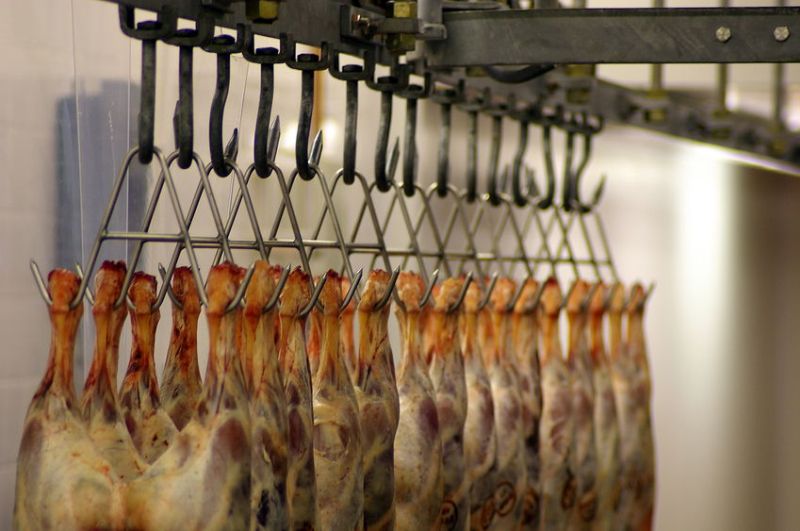
New carcase classification data has shown that a higher proportion of Welsh lambs achieved the desired standard and conformation specifications during 2020.
Over 86% of lamb carcases processed at Welsh abattoirs reached the top three specification grades of E, U and R in 2020, figures show.
Overall, 59.4% of lambs hit the combined target specification for conformation and fat class – E, U or R conformation, and 2 or 3L fatness – up from 56.6% in 2019.
The current grading system in the UK uses the EUROP classification grid for conformation and a numeric assessment for fatness.
An R conformation and above is the preferred specification for most buyers who will subsequently pay the base price to the producer.
In terms of fatness, the majority (47.6%) of lambs were placed in the 3L fat class - up 1.7 percentage points since 2019.
In addition, the proportion of lambs given a leaner classification of 2 increased by 3% on the year to account for 22.5% of total throughput.
Responding to the figures, Hybu Cig Cymru – Meat Promotion Wales’ (HCC) said it would help ensure the industry was meeting evolving consumer requirements
Glesni Phillips, HCC data analyst said: “This information is useful to provide insight into how finished carcases were distributed across the EUROP classification grid last year, and to see where there is room for improvement in the future.
“It is positive to see more lambs achieving an R for conformation. An increased number were given a leaner fat classification of 2, possibly due to lighter lambs overall coming forward during the year as a result of disruptions caused by Brexit, and improved market conditions encouraging lambs to come forward earlier.”
At the same time, fewer prime cattle achieving the 4H grade were slaughtered at British abattoirs.
The 3 and 4L fat classes combined accounted for almost 80% of prime cattle classifications in 2020, with a 1.3% increase in the number of cattle given a fat class of 3.
Almost 37% of prime cattle carcases in the GB sample were classified as R3 and R4L – up 1.2 percentage points on the year.
The R and O+ conformations accounted for over 71% of the prime cattle conformations for the year – up 1.7 percentage points since 2019.
Ms Phillips added: “The EUROP grid was established with consumer requirements in mind, but also taking production and processing efficiencies into account.
"It is therefore essential that producers strive to achieve the target specifications so that they avoid penalties and increased costs.
"Meeting market specifications and customer needs should be the ultimate goal; it is reassuring to see that farmers hit the mark in 2020.”
